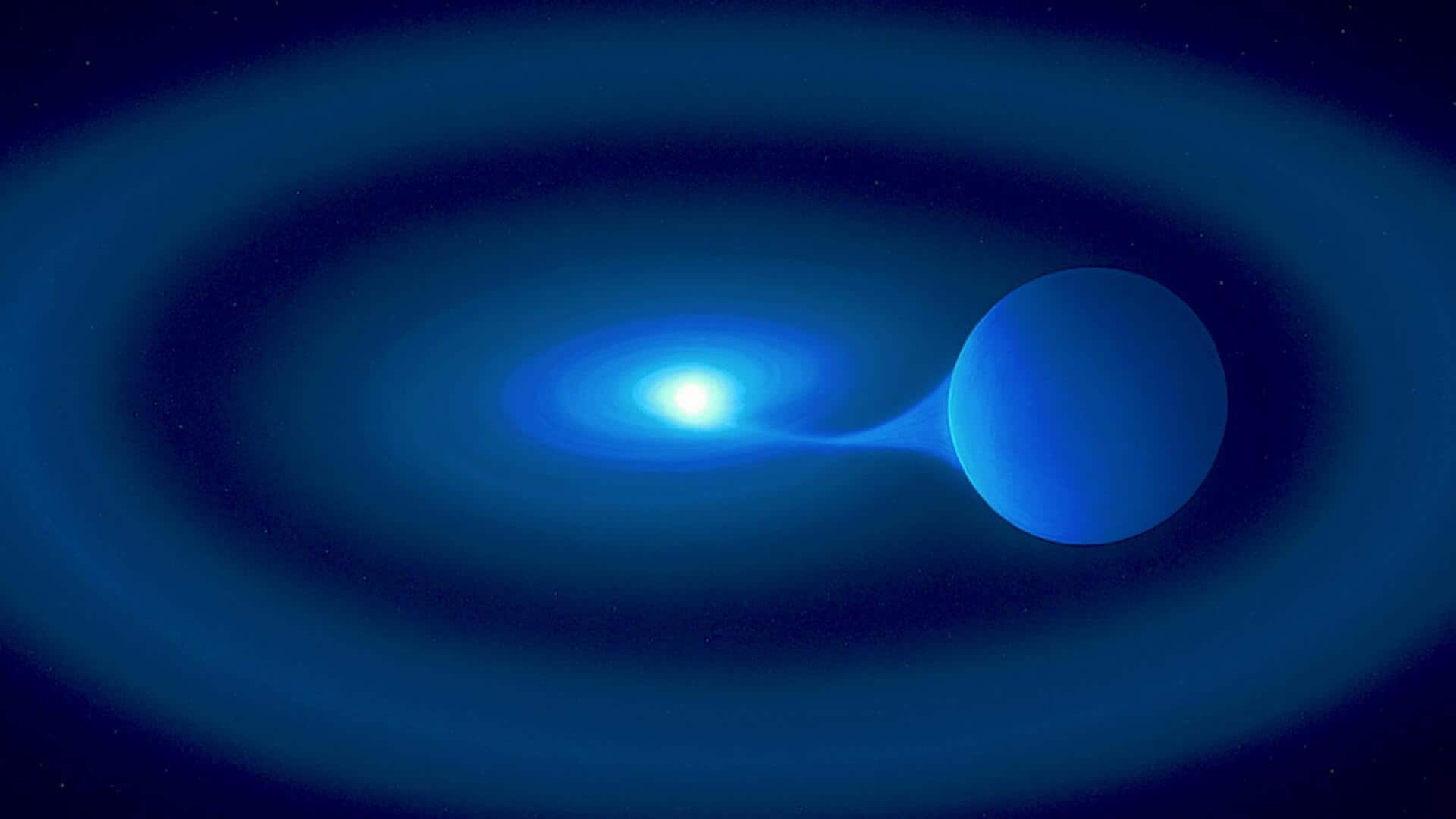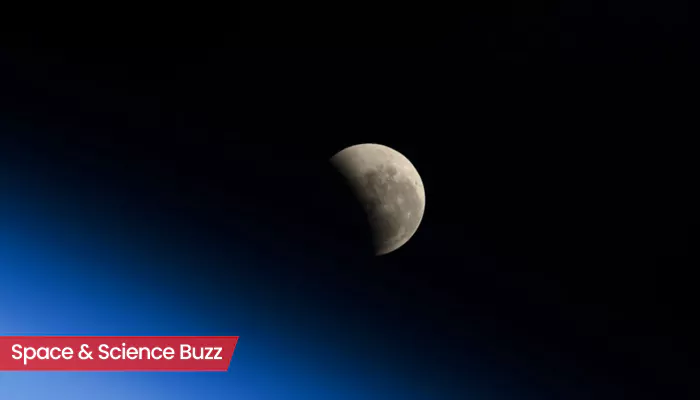Here are today’s most important updates from the realm of Science and Space.
Ryugu Shocker: Scientists Find Water Flowed Much Later Than Expected
Scientists have found that liquid water flowed on the surface of the asteroid
that birthed the near-Earth object (NEO) Ryugu much later than it was expected, indicating impacts might've melted ice, allowing liquid water to flow through rocks. Ryugu, a spinning-top-shaped near-Earth object, is a carbonaceous asteroid formed from ice and dust in the outer solar system. Scientists study it to get insights into planet formation and the potential delivery of water to Earth via asteroids. According to the recent research, these samples revealed that water existed in liquid form a billion years after Ryugu's parent body formed. The latest findings have challenged previous assumptions about asteroid water activity. The scientists previously thought that the asteroid water activity only lasted for the earliest moments of solar system history.
Star Eats Its Twin—Blast May Soon Light Up Earth’s Skies

A white dwarf star named V Sagittae, located about 10,000 light-years from Earth, is astonishing scientists with its unique behaviour. This binary star system is drawing attention due to the white dwarf's extraordinary consumption of its larger twin star. The star system orbits every 12.3 hours, creating a gravitational dance that draws them closer. Researchers have observed that V Sagittae is burning exceptionally bright as the white dwarf feeds on its larger companion. The findings remarked, "V Sagittae is no ordinary star system – it's the brightest of its kind and has baffled experts since it was first discovered in 1902.”
Alaska’s Meltdown: Warming at Triple the Global Rate

Alaska's rapid warming is disrupting local ecosystems and indigenous communities. Melting ice and permafrost are intensifying ocean, weather, and greenhouse gas changes. Global patterns, including rainfall and agriculture, are increasingly affected by Arctic changes. Recent scientific findings highlight Alaska's status as a pivotal region in the global climate crisis. Research published in the journal Scientific Reports has documented the effects of rising temperatures on Chinook salmon in Alaska, placing indigenous livelihoods under threat. With Alaska warming at two to three times the global average, the American state is seeing dramatic reductions in ice cover, including shrinking glaciers, retreating sea ice, and thawing permafrost.
Defying Science: The Mountain Lifts a Colossal 510 Kg in Record Feat

Hafór Jlus Bjrnsson, known for his role as Ser Gregor “The Mountain” Clegane in Game of Thrones, has achieved another milestone in strength athletics. This September, at the World Deadlift Championships, the Icelandic strongman set a new world record by lifting 510 kilograms (1,124 pounds), pushing the boundaries of what scientists believed possible for the human body. Bjrnsson’s continual advancement, surpassing his own records, has reignited discussions among experts about the physiological factors that allow such extraordinary feats of strength. Scientists remain curious about how the human body can achieve such feats. In 2024, a study examining Eddie Hall’s physique revealed that his sartorius, gracilis, and semitendinosus muscles—connecting the knees to the pelvis—were up to three times larger than in untrained individuals. His quadriceps and hamstrings were also found to be twice the size of those in non-strength trainers.






